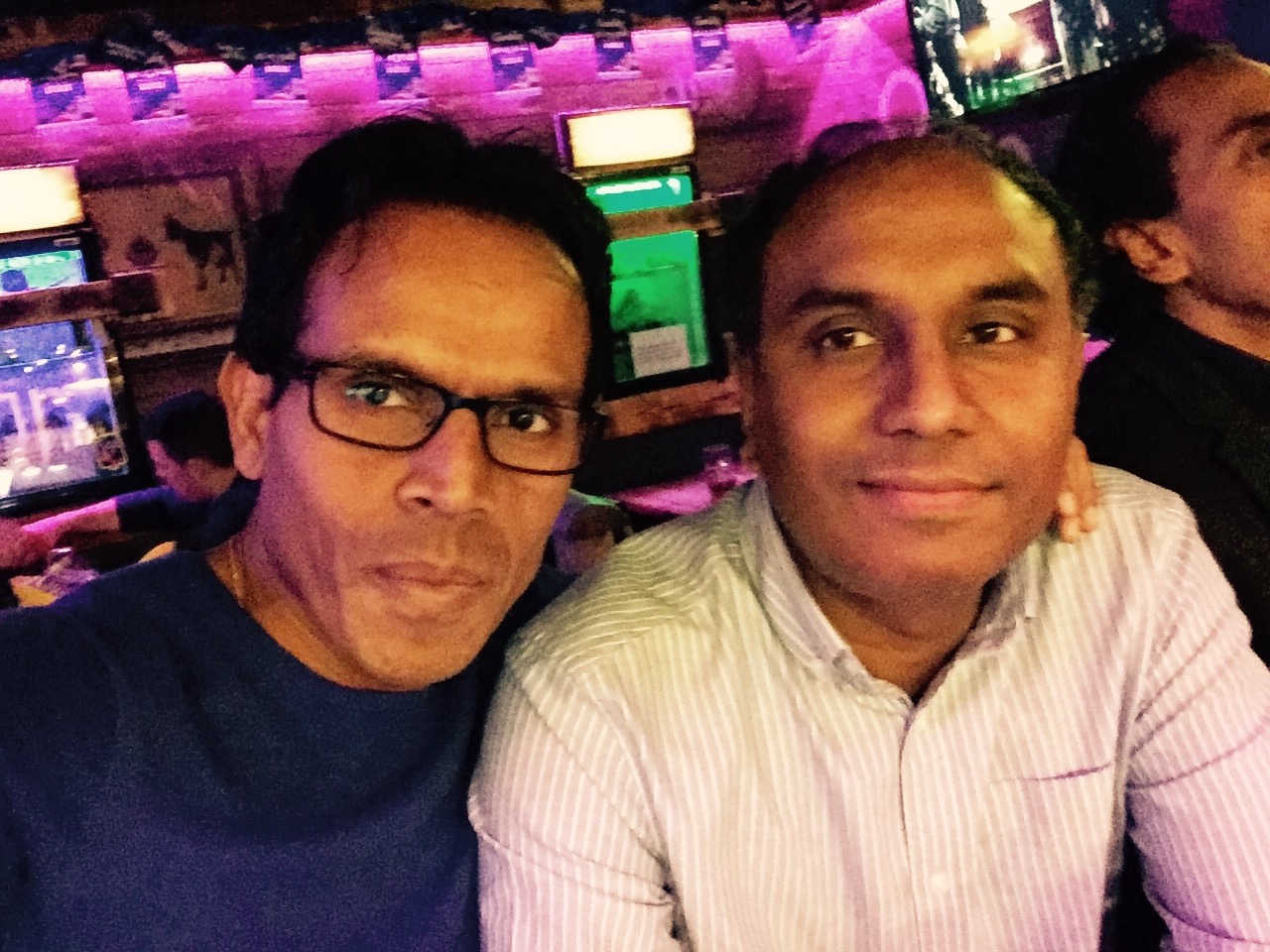Why did the war in Ukraine start – A historical perspective
The war in Ukraine is often portrayed in the West as an unprovoked Russian invasion driven by a desire to expand territory. According to this narrative, Russia wants to restore the power of the Soviet Union and has ambitions to invade more European countries.
But is this an accurate explanation, or is there a much more complex background that is ignored in the Western narrative?
Let's dive into the historical factors that led to the conflict and challenge the Western narrative to see if there is more to it.
When did the war in Ukraine begin?
While many point to February 24, 2022, as the start date of the war, the conflict actually began much earlier.
2014 – The first conflict
In 2014, the democratically elected president Viktor Yanukovych was overthrown after massive demonstrations and Western support for the protesters. This created unrest in eastern Ukraine, where large parts of the population were Russian-speaking.
Crimea was annexed by Russia in March 2014 following a referendum where the majority allegedly voted to become part of Russia. This was condemned by the West but was seen by Russia as protecting the Russian population on the peninsula.
The war in Donbas broke out that same year, where pro-Russian separatists fought against the Ukrainian government. Over 14,000 people were killed in this conflict before the Russian invasion in 2022.
2021 – Military build-up and NATO expansion
Russia repeatedly warned that Ukrainian NATO membership was a "red line."
The US and NATO increased their military support for Ukraine leading up to the invasion.
Russia demanded security guarantees from the West in December 2021, but these were rejected.
2022 – The invasion
On February 24, 2022, Russia invaded Ukraine with the declared aim of "demilitarizing and denazifying" the country.
The war was immediately met with extensive Western sanctions and massive military support for Ukraine.
---
Violence and discrimination against Russian-speaking Ukrainians
After the first conflict, also called the Maidan uprising in 2014, there have been several documented cases of violence and discrimination against the Russian-speaking population in Ukraine.
This aspect of the conflict is often overlooked in Western media, but it has significantly contributed to tensions between Ukraine and Russia.
The law making Ukrainian the only official language (2019)
Ukraine passed a law establishing Ukrainian as the only official state language.
This restricted the use of Russian in education, media, and public administration.
Many Russian-speaking citizens in eastern Ukraine and Crimea saw this as a suppression of their identity.
Attacks on Russian-speaking activists and politicians
After the Maidan uprising, there were multiple instances where pro-Russian activists were attacked by Ukrainian nationalists.
Odessa massacre (May 2, 2014): Pro-Russian demonstrators were attacked by nationalist groups, and at least 42 pro-Russian activists were killed when the trade union building in Odessa was set on fire.
Military operations in Donbas and their impact on civilians
After the Maidan uprising, near civil war conditions broke out in the Donbas region (Luhansk and Donetsk).
The Ukrainian government launched a military operation against the pro-Russian separatists, leading to significant civilian casualties.
UN reports have documented human rights violations by both sides, including violence against Russian-speaking populations in separatist-controlled areas.
Bans on Russian media and culture
Ukraine has banned several Russian news channels and social media platforms such as VKontakte (Russian Facebook).
There have been restrictions on Russian music, films, and literature in Ukraine.
How does this affect the conflict?
The Russian-speaking population in eastern Ukraine and Crimea has felt marginalized by the Ukrainian state, which has increased support for Russia.
Russia has used this situation as part of its justification for protecting Russian speakers and annexing Crimea.
The West often ignores these issues in their coverage of the conflict and portrays it solely as a case of Russian aggression.
A conflict with deep roots
The war in Ukraine is far more complex than the black-and-white narrative often presented in Western media. The conflict has deep historical roots dating back to 2014 and even further. Russia sees the conflict as a necessity to protect its own interests against a hostile Western alliance, while the West views it as an effort to counter Russian aggression.
It is therefore always important to look at things critically. It’s about not being locked into one perspective but sometimes investigating the matter independently. We have a tendency to blindly believe the media and our elected leaders.
Remember what happened in the Iraq war, where the West destroyed an entire country and created ISIS based on a lie about weapons of mass destruction – a lie that most in the West believed. It was an expensive lesson but also a reminder of why we should ask questions and investigate things ourselves.
The above are merely my observations. It is not about taking sides but about examining issues critically. This is not just about the war in Ukraine but a general trend. The tendency of the media to take sides and shape stories in a particular direction has become more and more widespread. This influences the opinions that reflect society.
We see China and Russia as our enemies. None of the people I talk to can provide a reasonable explanation as to why. Unfortunately.
